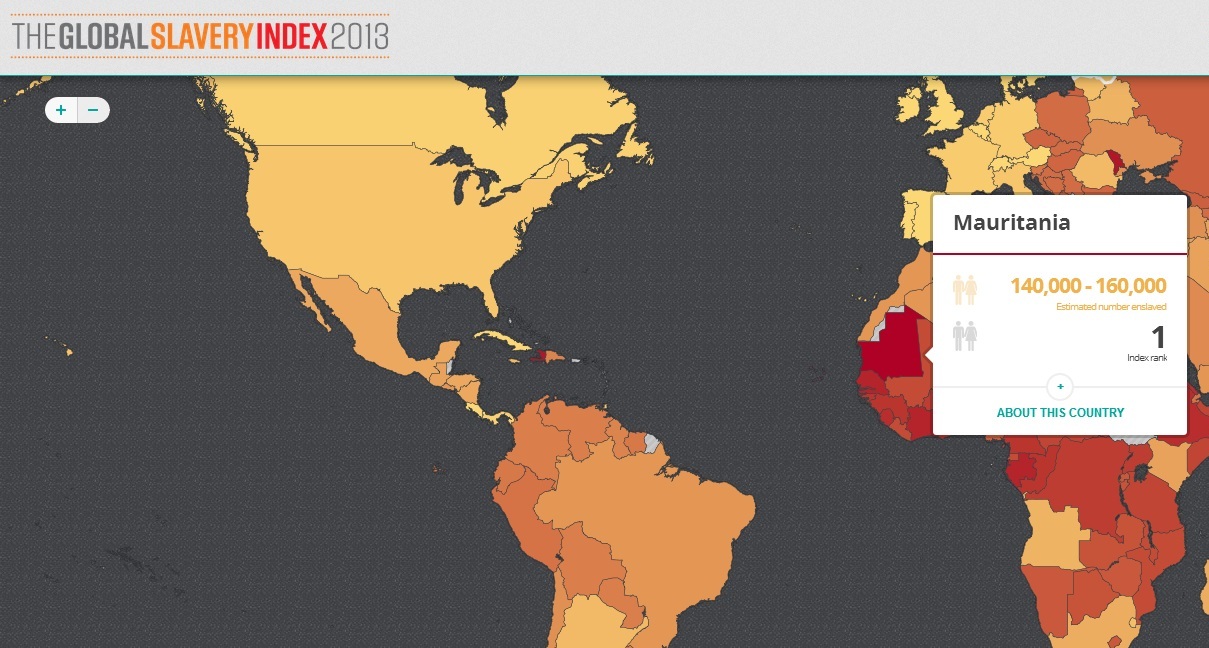Mobile health technologies are one of the fastest growing, arguably most innovative new platforms that utilize the power of mobile phones. As mentioned before by Jordan Hosmer-Henner on the TechChange blog: “Mobiles have the potential to increase efficiency at nearly every step of health care provision.”
 The use of mobile health technologies has the potential to fundamentally change the way groups such as the UNHCR, and Medecins Sans Frontieres (MSF) conduct health care for refugees.
The use of mobile health technologies has the potential to fundamentally change the way groups such as the UNHCR, and Medecins Sans Frontieres (MSF) conduct health care for refugees.
The post-emergency/stable setting phase of a refugee crisis is the phase marked by a decrease in mortality rates and the fulfillment of basic needs for refugee populations. At this stage the focus of groups such as UNHCR and MSF shifts towards the containment and treatment of infectious and communicable diseases. One of the major challenges in this phase is the need for infrastructure and equipment to conduct medical testing and blood counts.
These tests often require a large amount of costly equipment that may not be available due to budgets, transportation and security issues as well as time constraints. With the advancement of mobile health technology, there are now other technologies that can help bridge the gap and streamline the care process.
Some highly infectious diseases such as malaria require health care providers to analyze bodily fluids such as whole blood samples as quickly and cost effectively as possible. CelloPhone is a mobile health program that provides a revolutionary optical imaging platform that can be used to specifically analyze bodily fluids within a regular cell phone.
Led by Professor Aydogen Ozcan at the UCLA Ozcan Research Group, a group of students and researchers have discovered how to create a lens free ultra-wide field cell monitoring array program based on ideas of shadow imaging – called LUCAS for short.
LUCAS enables the user to perform basic diagnostic testing such as blood counts, malaria and TB testing, as well as measure the number of CD4 lymphocytes in the blood of HIV infected persons, all from the back of a camera phone. What is so promising about this technology is that immediately after the sample has been captured on camera, an algorithm analyzes the cell morphology, then automatically produces a diagnostic result, and sends that information back to health care workers on the ground. The speed and accuracy of the program will better enable health care workers in refugee camps and settlements to administer necessary care to people suffering with communicable and infectious diseases.
Replacing the need for costly equipment, the use of programs such as CelloPhone, in conjunction with programs such as OpenMRS has the potential to allow for greater coordination between the UNHCR and organizations such as MSF. In many situations involving refugees, health care providers rely on each other to give the best overall health care possible. Being able to coordinate and respond with the speed provided by mobile health technology will create a much-needed space for timely and accurate epidemiological surveillance.
One of the most promising applications of mobile health technology, come from its innate flexibility. The use of programs such as CelloPhone also holds the potential to assist the UNHCR, MSF and refugees during the potential resettlement phase. Resettlement can be a very complex process for refugees and aid agencies. More often than not, potential resettlement countries require that each resettling refugee submit medical testing for infectious or communicable diseases as well as other health documentation that is not always readily available.
This process is not only time consuming, but costly to aid agencies and new host countries. OpenMRS technologies in tandem with CelloPhone can be utilized to provide a digital record of testing for infectious diseases as well a complete record of health care that a refugee has received.
If implemented in this situation, a digital record could be provided by a health agency such as the UNHCR to the potential resettlement country. Collaboration with UNHCR means that countries that are receiving resettled refugees will have access to the very information and data they require.
The potential uses of mobile health technology in situations involving refugee populations does not stop at CelloPhone or OpenMRS technology. There are potential uses at all stages in a refugee crisis and there are many different mobile health applications that can better serve both the aid agencies and the refugees. The key moving into the future is to look closely at these new technologies and find innovative ways to bring their benefits to disadvantaged or at risk populations all over the world.

